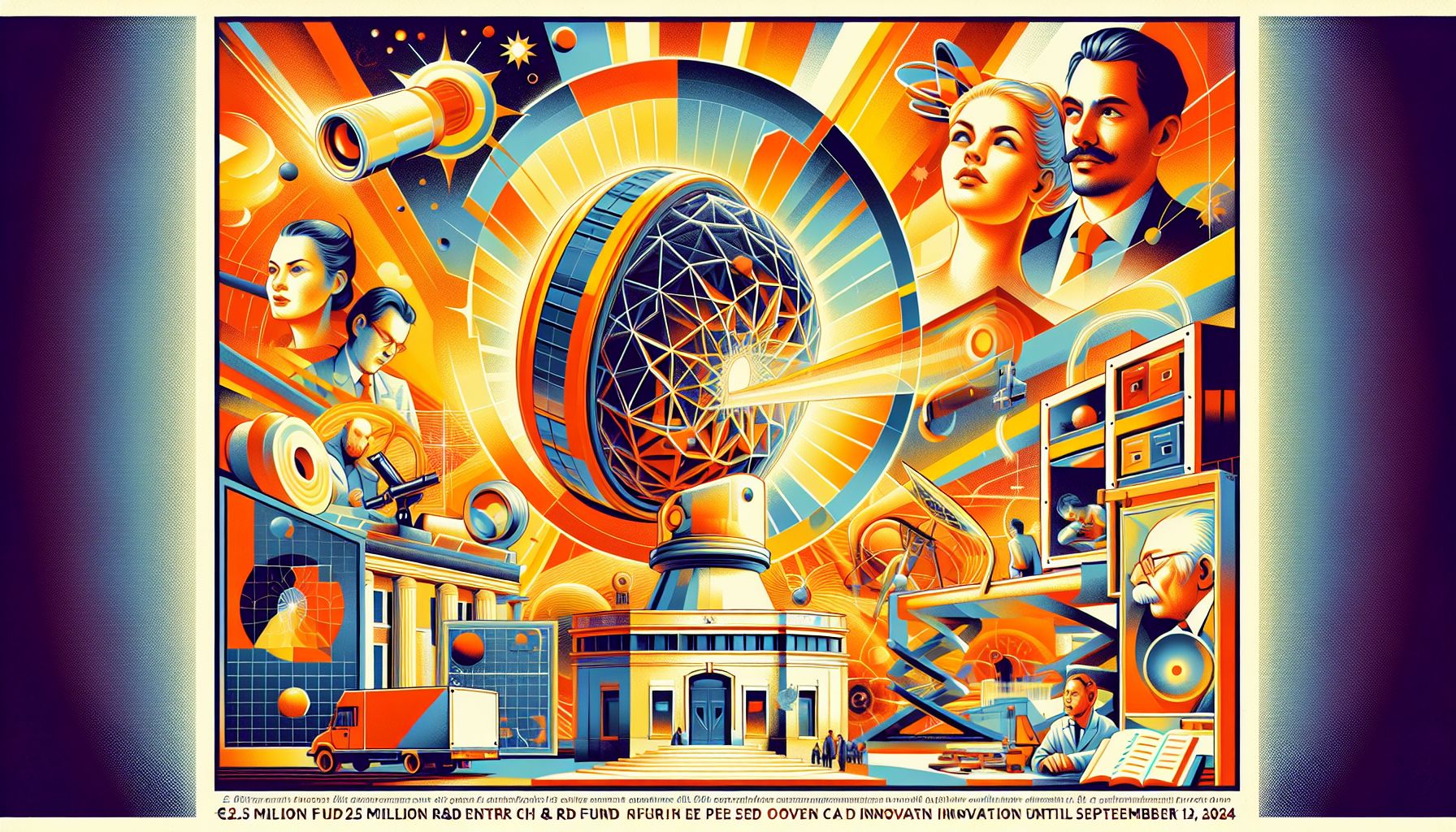€2.5 Million R&D Fund Opens for Einstein Telescope Optics Innovation

Maastricht, Monday, 22 July 2024.
Dutch high-tech companies can now apply for a share of €2.5 million in R&D funding for the Einstein Telescope’s optics domain. The call, open until September 12, 2024, aims to accelerate technology development for this groundbreaking gravitational wave observatory.
Focus on Optics Innovation
The Einstein Telescope (ET) is a third-generation gravitational wave detector that will be ten times more sensitive than current instruments[1]. The current call for R&D proposals targets the optics domain, crucial for the ET’s functionality. High-tech companies in the Netherlands are invited to develop and test large silicon mirrors and coatings for use at temperatures between 10 and 20 K. The development and interferometric testing of these mirrors are vital for the ET, which relies on measuring minute relative length differences between the kilometers-long arms of a laser interferometer[2].
Eligibility and Application Process
The funding is available to individual companies and consortia, which can include startups, SMEs, large companies, and research institutions. Jorg van der Meij, the Program Manager at LIOF, encourages organizations active in optical systems to apply and collaborate. Business developers are on hand to assist with the application process and help find collaboration partners. Applications for the subsidy must be submitted by September 12, 2024, and will be reviewed by an independent panel[2].
The Importance of Optical Systems in the ET
Optical systems are a cornerstone of the Einstein Telescope’s design. These systems must achieve near-perfect measurement precision to detect gravitational waves, which are ripples in spacetime caused by cosmic events like black hole mergers and supernova explosions. Advanced optics, including Active and Adaptive Optics, are employed to overcome limitations such as atmospheric turbulence and manufacturing errors in telescopes[3].
Technological Advancements and Collaboration
The ETpathfinder research facility in Maastricht plays a pivotal role in developing and testing technologies for the Einstein Telescope. Researchers from the Max Planck Institute for Gravitational Physics and Leibniz University Hannover have recently integrated a new laser source at ETpathfinder. This laser, emitting at a wavelength of 1550 nanometers and a power of 10 watts, is essential for preliminary tests and future experiments[4].
Potential Impact and Future Prospects
The advancements in optical technology for the Einstein Telescope have broader implications beyond gravitational wave detection. The techniques and innovations developed could be applied to other fields, such as photonics and quantum computing. By fostering innovation in the optics domain, the Netherlands aims to strengthen its future earning capacity and bolster its candidacy for hosting the Einstein Telescope[2].

